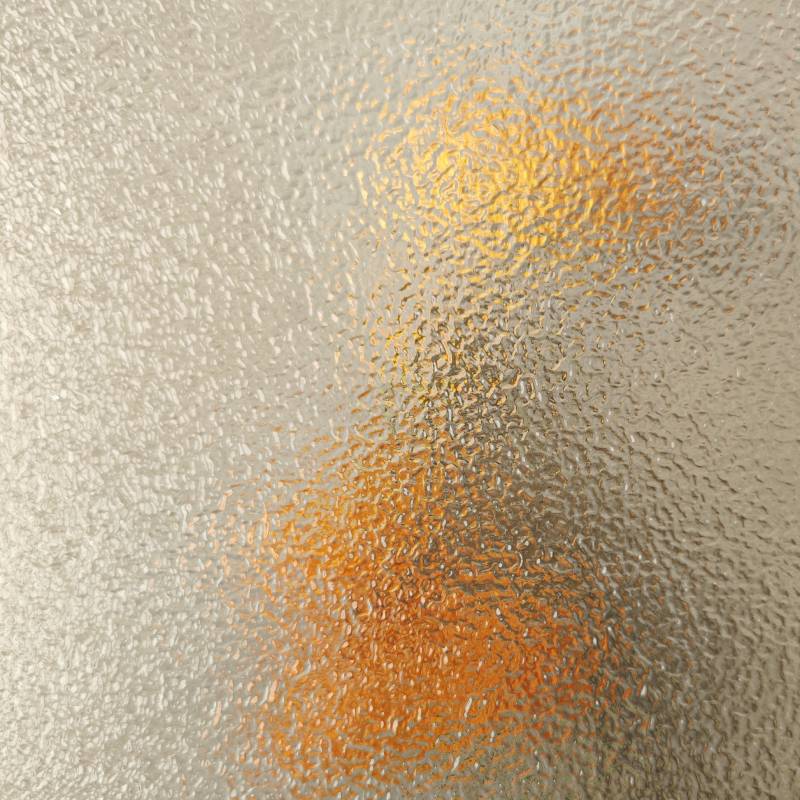

The Benefits and Applications of Single Pyrolytic Low-E Glass
Single pyrolytic low-emissivity (Low-E) glass has gained considerable attention in the construction and architectural industries. This innovative material offers significant advantages in energy efficiency, environmental sustainability, and design flexibility. Understanding its properties and applications can help in making informed decisions for building projects.
The Benefits and Applications of Single Pyrolytic Low-E Glass
One of the most significant benefits of single pyrolytic Low-E glass is its ability to improve energy efficiency in buildings. By reflecting radiant heat, this type of glass helps maintain comfortable indoor temperatures, reducing the need for heating in the winter and cooling in the summer. As a result, buildings that utilize Low-E glass often experience lower energy consumption and reduced utility bills. In an era where energy conservation is paramount, this glass serves as a critical component in achieving sustainability goals.

Moreover, the use of single pyrolytic Low-E glass can contribute to achieving green building certifications such as LEED (Leadership in Energy and Environmental Design). By minimizing energy loss and optimizing natural light, this glass helps create more sustainable living and working environments. Its excellent insulation properties can also reduce the overall carbon footprint of a building, aligning with the increasing global focus on environmental responsibility.
In addition to energy efficiency, single pyrolytic Low-E glass offers aesthetic benefits that can enhance architectural design. Available in various finishes and treatments, the glass can be incorporated into both traditional and modern designs. The clarity and transparency of Low-E glass allow for seamless integration with other building materials, enabling architects to create visually striking facades. Furthermore, its ability to reduce glare and minimize UV rays protects interiors from fading, preserving furniture and decor over time.
The applications for single pyrolytic Low-E glass are vast. It is widely used in residential, commercial, and institutional buildings, including office spaces, schools, and hospitals. In residential buildings, homeowners benefit from enhanced comfort and reduced energy bills, while architects appreciate the design possibilities. In commercial settings, improved energy performance translates to significant cost savings, making Low-E glass an attractive option for businesses aiming to enhance their sustainability profile.
In conclusion, single pyrolytic low-emissivity glass represents a significant advancement in building materials, offering myriad benefits including improved energy efficiency, sustainability, and design versatility. As the construction industry continues to evolve, the importance of selecting materials that not only serve functional purposes but also prioritize environmental responsibility becomes increasingly critical. Investing in single pyrolytic Low-E glass is an investment in a more sustainable future, making it an indispensable choice for modern architecture and construction.